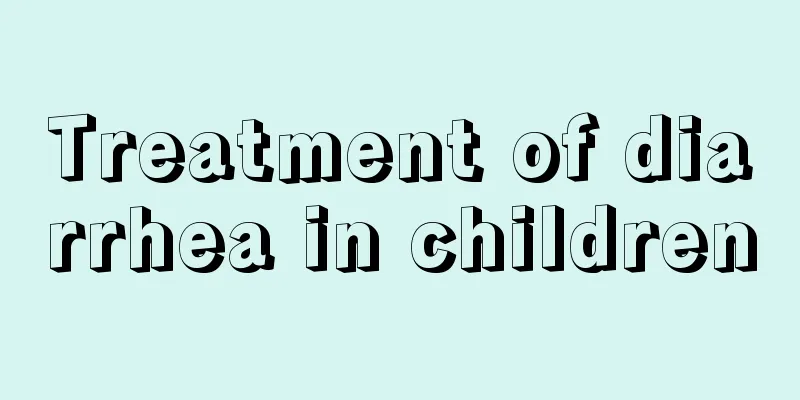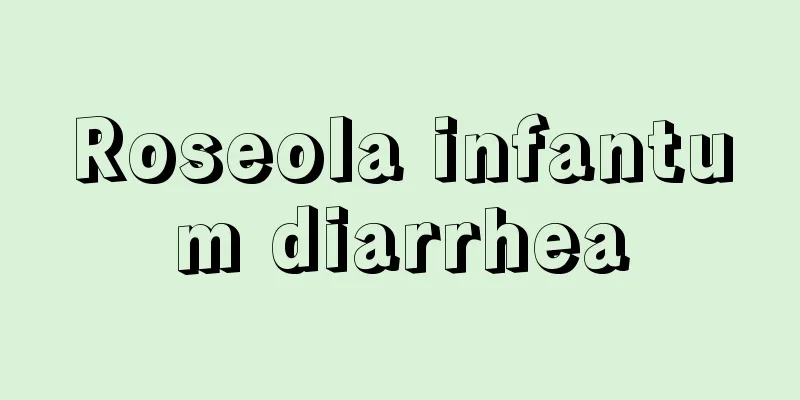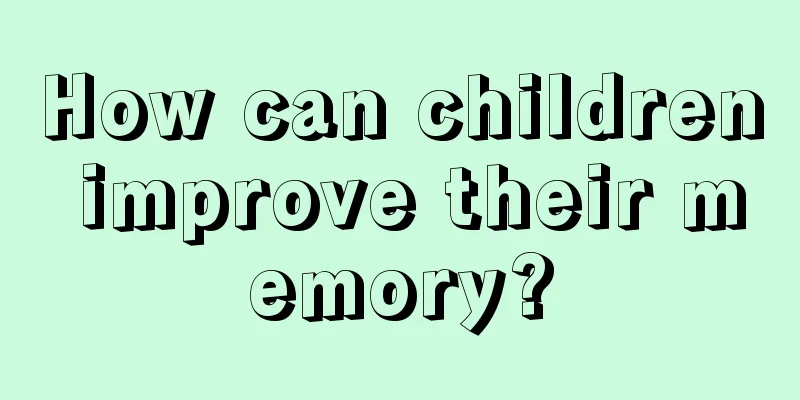Treatment of diarrhea in children

|
Children always cause adults to worry when they are young, because their bodies are not yet fully developed. In addition, children are curious about everything when they are young and want to put everything they get into their mouths, so they can easily get sick through the food they eat. Therefore, it is very common for children to suffer from diarrhea. Generally speaking, the older the child is, the smaller the possibility of the disease will be. However, let’s take a look at the causes of pediatric diarrhea. Infant diarrhea is a group of diseases mainly caused by diarrhea and multiple pathogens and factors. The main characteristics are increased frequency and changes in bowel movements, which may be accompanied by fever, vomiting, abdominal pain and varying degrees of water, electrolyte, and acid-base imbalance. Pathogens can be caused by viruses (mainly human rotavirus and other enteroviruses), bacteria (pathogenic Escherichia coli, toxigenic Escherichia coli, hemorrhagic Escherichia coli, invasive Escherichia coli, as well as Salmonella typhimurium, Campylobacter jejuni, Yersinia, Staphylococcus aureus, etc.), parasites, fungi, etc. Extraintestinal infections, intestinal flora disorders caused by the abuse of antibiotics, allergies, improper feeding and climatic factors can also cause the disease. It is a common disease in infants and young children under 2 years old. 1. According to the severity of the disease (1) Mild diarrhea with gastrointestinal symptoms. Systemic symptoms are not obvious, and the body temperature is normal or there is a low fever. Anhydrous electrolyte and acid-base balance disorders. (2) Severe diarrhea: In addition to severe gastrointestinal symptoms, this type of diarrhea is also accompanied by severe water, electrolyte and acid-base imbalances and obvious systemic poisoning symptoms. 2. According to the course of disease (1) Acute diarrhea: duration of illness is less than 2 weeks. (2) Persistent diarrhea: duration of 2 weeks to 2 months (3) Chronic diarrhea: duration of illness > 2 months. 3. Classification by cause (1) Infectious diarrhea: cholera, dysentery, and other infectious diarrhea (caused by bacteria, viruses, parasites, fungi, etc. other than Vibrio cholerae and Shigella). (2) Non-infectious diarrhea: food-induced diarrhea, symptomatic diarrhea, allergic diarrhea, endocrine diarrhea, congenital or acquired immunodeficiency, inflammatory bowel disease, intestinal lymphangiectasia, etc. The above is all for your reference. I hope it will be helpful to you. All parents hope that their children can grow up healthily, but don’t panic when encountering illness. Today’s medical technology is very advanced, and general diarrhea can be cured quickly. Therefore, in daily life, parents should pay attention to their children, not let them touch dirty and unknown foods at will, and let them develop good eating and living habits. |
<<: Causes of cerebral arteritis in children
>>: How to massage a child for cough
Recommend
Parents, come and learn about the treatment of viral myocarditis in children!
Parents should pay attention. If viral myocarditi...
What to do if your child has a severe cough
In autumn and winter, the temperature difference ...
One year old baby can't stand
Many parents become very anxious when they find t...
What to use for eczema on children's face
For children, eczema on the face is a common phen...
What causes yellow teeth in children?
We all know that yellow teeth are caused by inade...
What is the cause of astigmatism in children?
Most people with myopia also have astigmatism bec...
What are the dangers of snoring and breath holding in children?
Clinically, snoring in children is generally caus...
What should I do if my child has a high fever?
Parents are naturally worried when their children...
What to do if your three-year-old baby doesn't like to eat
In daily life, as everyone's life will get be...
What foods are good for children with gastritis?
Gastric disease is a common disease among patient...
What are the symptoms of acute tonsillitis in children?
Acute tonsillitis is a very typical disease. It i...
What should six-year-old children eat to supplement calcium? This thing is indispensable!
In daily life, many foods contain some nutrients ...
How to correct uneven teeth in children
Children always encounter various bad situations ...
Five month old baby's urine is red
As soon as the baby is born, he becomes the most ...
Why does my baby's hands and feet shake after falling asleep?
Some careful parents will find that their babies&...









